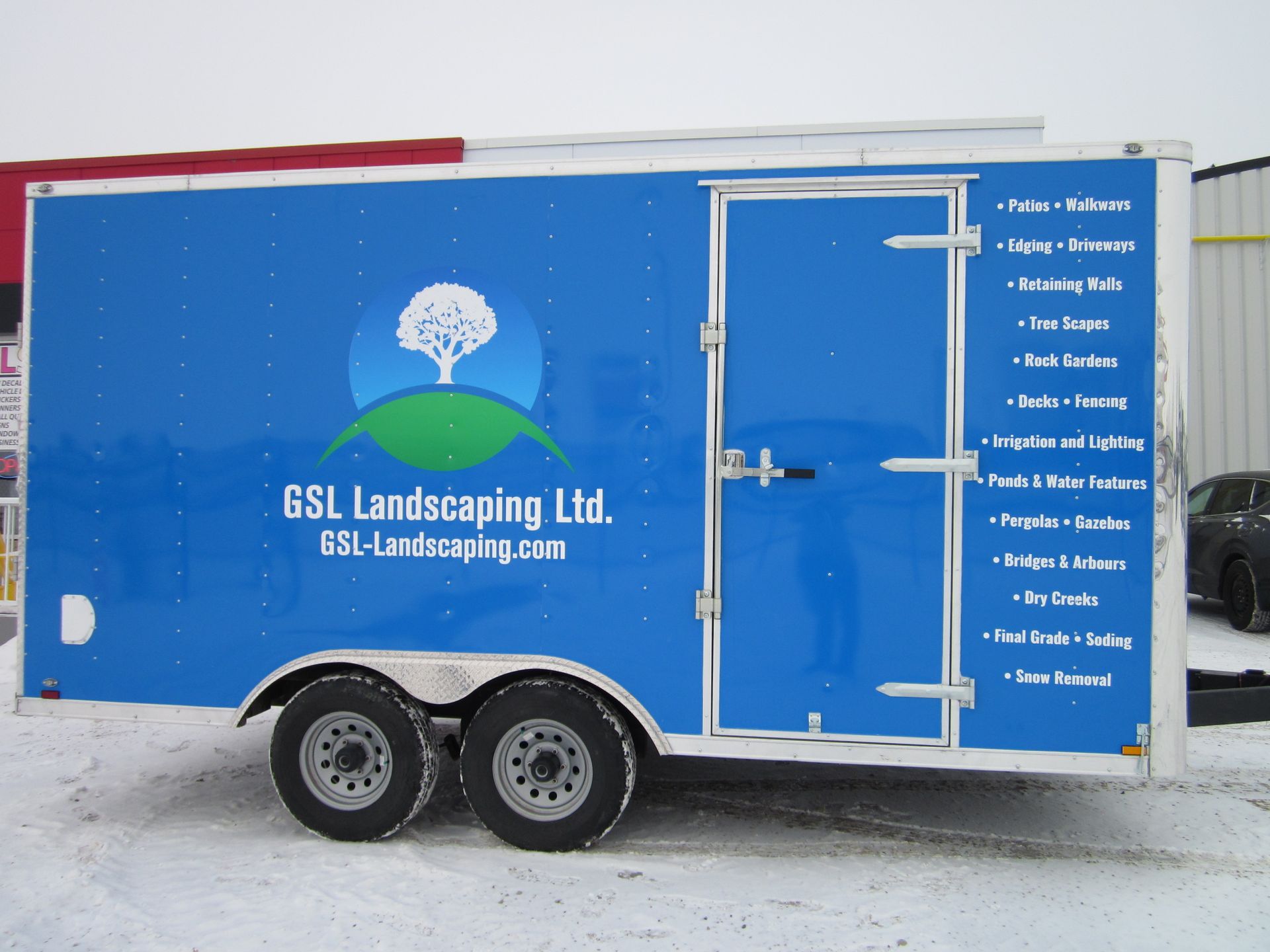Back to Basics
Oct 24, 2018
Defining the Elements of Typography

Typography can be an overwhelming topic as there is so much to consider when you’re designing a sign. Typography isn’t only about the fonts you use, or how big your design needs to be. Each individual character, whether it is a number or a letter, has to be well-thought out and will be placed on or in-between specific lines. These invisible lines determine how your characters will look next to each other and, similar to the practice of kerning, if the characters don’t line up the design will undoubtedly look odd.
Baseline
The baseline can be described as the line on which a character sits and is meant to keep all characters on the same level. With most typefaces, the descenders on characters such as y or q will extend below the baseline. The baseline also serves as the point where other elements, like the x-height, are measured from. Most capital letters, with the exception of J and Q, sit on the baseline and will differ only when you change the typeface you are using.
Mean Line
Similar to the baseline, the mean line (also known as the midline) is an invisible line which defines where the top of the lowercase character is, unless the character has an ascending point. The lowercase letter “h” is a character containing an ascending line, therefore the mean line on this particular letter will run across the curve. On “r” the mean line runs directly across the top.
X-Height
In a previous post, we discussed the importance of line height, but x-height should not be confused with it. While line height refers to the overall height of your text, the x-height is the distance between the baseline of your text and the mean line (or midline). The x-height does not include any ascenders or descenders, as those elements drop below or rise above the baseline and mean line. Like the line height, x-height plays a part in how legible the text will be.
Ascenders
The upward vertical stem on certain lowercase letters like in “b” is referred to as an ascender. The line extends above the mean line and is not considered when looking at the x-height. An ascender can become an issue when layering text, as the vertical stem can interfere with the line of text above it. There are several ways to resolve this problem:
- Increase the line space between lines of text
- Choose a different typeface that will not interfere
- Reword your text
Descenders
A descender is the opposite of an ascender. Instead of an upward vertical stem, a descender has a downward vertical stem which drops below the baseline. The lowercase letters “p” and “q” are two characters which are considered to have descenders. Like an ascender, the descender can cause your sign to become illegible if the stem is too close to a character below it. However, by following the same steps as mentioned in the ascender description, you’ll be able to make the descender work.
Knowing these elements in typography will ultimately help you create a sign that is aesthetically pleasing and effective. If you’ve decided to entrust your sign to an experienced designer instead of attempting it yourself, understanding these elements will allow you to provide a clear picture of what you want your sign to look like. If you have any questions other aspects of typography, contact JLS Decals and Signs and we’ll be happy to help you!

10 Apr, 2020
This year of 2020 is proving to be a year of an unknown type. Protecting our health and those of the ones we love is a great responsibility so social distancing is worth it. There is also the snow. When will it end here in Edmonton area? At a time of social distancing for healthy and safety, what can we do when a weekend like Easter is near? Well, it might be time to get creative and learn more about technology at our fingertips to be sure connection happens regularly. Here are some ideas to get you started if you are a bit rusty like me. Knock Knock jokes Knock Knock jokes are a video opportunity waiting to happen. I recently rediscovered these corny sources of humor while searching the Internet. Inspired, I video recorded myself saying “knock, knock,” and sent to my almost five-year-old great nephew via his Mom’s smartphone. In a little while, he responded with “Who’s there?” in his own video. From there, we traded short videos until hitting the punch line. It was a much-needed connection in the middle of a day for me. My great nephew and his parents, who are working from home and entertaining their two young active boys, appreciated the diversion, too.
Locally owned and operated,
JLS Decals & Signs serves the communities and surrounding areas of Morinville, St. Albert and Edmonton, Alberta.



